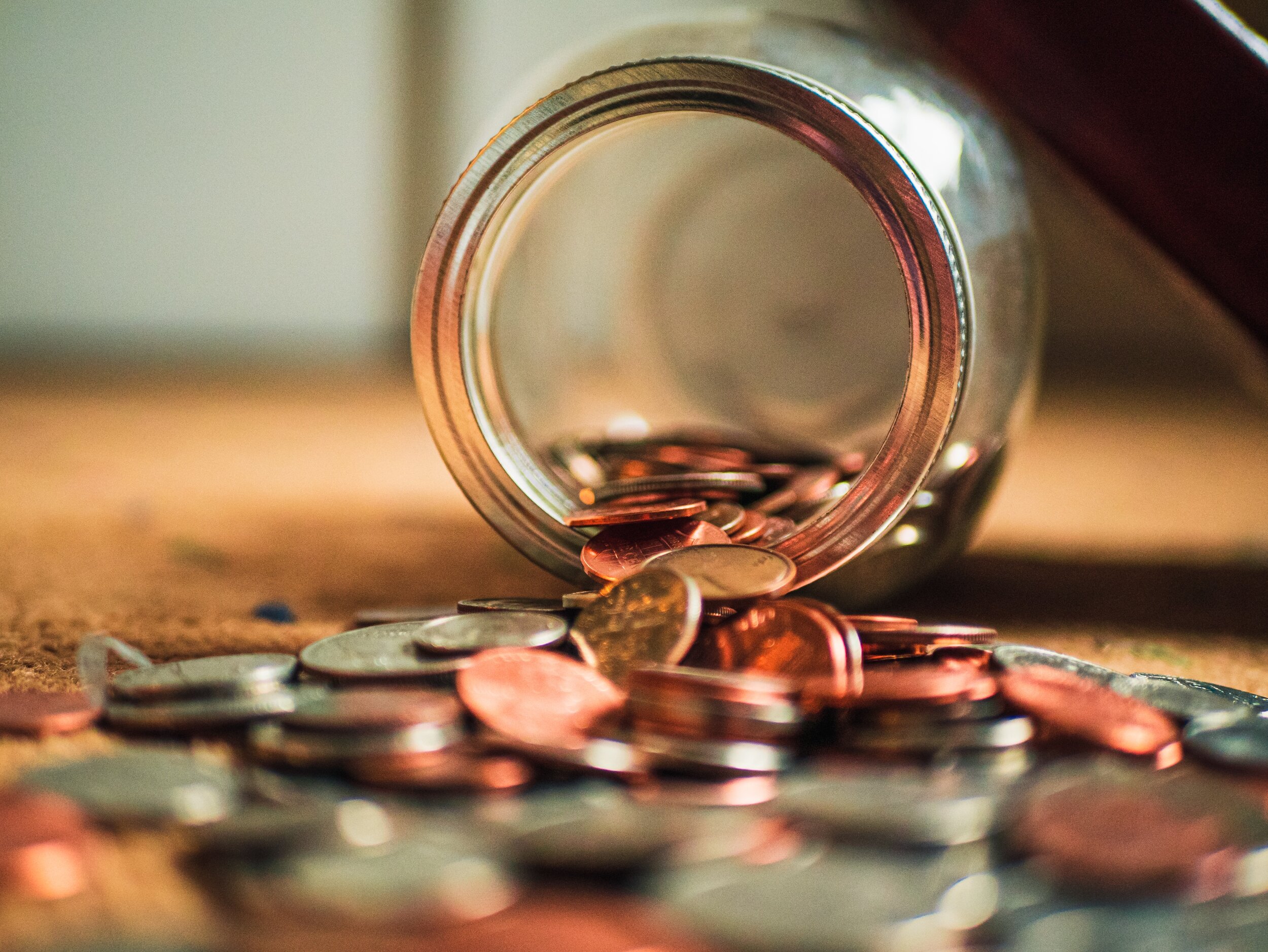Ten Timeless Personal Finance Tips By Financial Author Ahmed Dawn
/Ten Timeless Tips For Financial Success
First Published: ADawnJournal.com December 1, 2009
The financial crisis is making a lot of people realize that they don’t know how to manage money. Unfortunately, this is not taught in our schools, but Canada’s Personal Finance Blog – A Dawn Journal is here to help you. This article will teach you all the basics you need to become financially successful. Visit A Dawn Journal regularly for more articles like this.
1. Spend less than you earn. If this is something you can’t do, make arrangements to bump up your income by taking a part-time or an additional job. This number one tip is the most important, timeless financial tip ever. If you can’t do it, all or any other financial tips will be meaningless.
2. Track your spending. I don’t believe that a dollar-for-dollar budget works. However, you should have a rough idea of how much you spend on certain categories. Keep track all of your expenses and adjust necessarily among various categories, i.e., if you see you are spending too much on entertainment, take steps to reduce your expenses. At the end of the day, your expenditures have to be lower than (as mentioned in point 1) your earnings. Use free personal finance software to keep track of your expenses.
3. Pay yourself first. Set aside at least 5-15% (do 5% if you have loans, do more than 5% if you don’t have loans, credit card balances etc) of your gross income into your investment account, savings account, RRSP, TFSA or so on every month. Set up an automatic plan to do it regularly.
4. Have an emergency fund. Have six months’ worth of living expenses in a high interest savings account for emergencies.
5. Set goals. Know exactly when you want to pay off your loan, buy a car, buy a house, and when you want to retire.
6. Pay your credit card balances in full every month. If you already have credit card debt, pay it off first. Credit cards charge the most interest. It is a good idea to pay off credit card balances with a line of credit account, which charges half the interest.
7. Try to avoid buying a car. If you still need to buy, buy a used car. A new car depreciates about 35% the moment you drive it off the lot.
8. Pack your lunch. If you eat out every day, your approximate cost would be as below:
Weekly Cost = $10 * 5 = $50
Monthly Cost = $50 * 4 = $200
Yearly Cost = $200 * 12 = $2,400
$2,400 annually is a lot of money. If you are in a 42 % tax bracket, for example, you keep 58% of each additional dollar you earn. When you consider all the taxes and costs associated with earning that after-tax $2,400, saving $2,400 annually means actually saving $4,000 in pre-tax savings (all figures are approximate). Let’s put it another way – if you can brown bag your lunch, think of it as you are giving yourself a $4,000 raise annually.
If you can’t pack every day, pack at least two to three times a week.
9. Start investing. Investment is nothing but a discipline; it has to be orchestrated with great passion and care. Investment is not like going to the shopping mall and buying a few things impulsively. Start investing for the long run, and keep adding money every month or every week. Stay invested for the long run-through good times and bad, through market ups and downs. If you don’t know how to start investing, I recommend reading Invest Now. Anyone can become a successful investor by following three simple and practical steps mentioned in this book. If you are not comfortable investing on your own, seek professional help. I recommend fee-only financial advisors.
10. Review your progress at least once a year. If you are not satisfied with achieving your financial goal, change or modify your financial roadmap. If you are not sure what actions to take, consult a fee-only financial planner.









